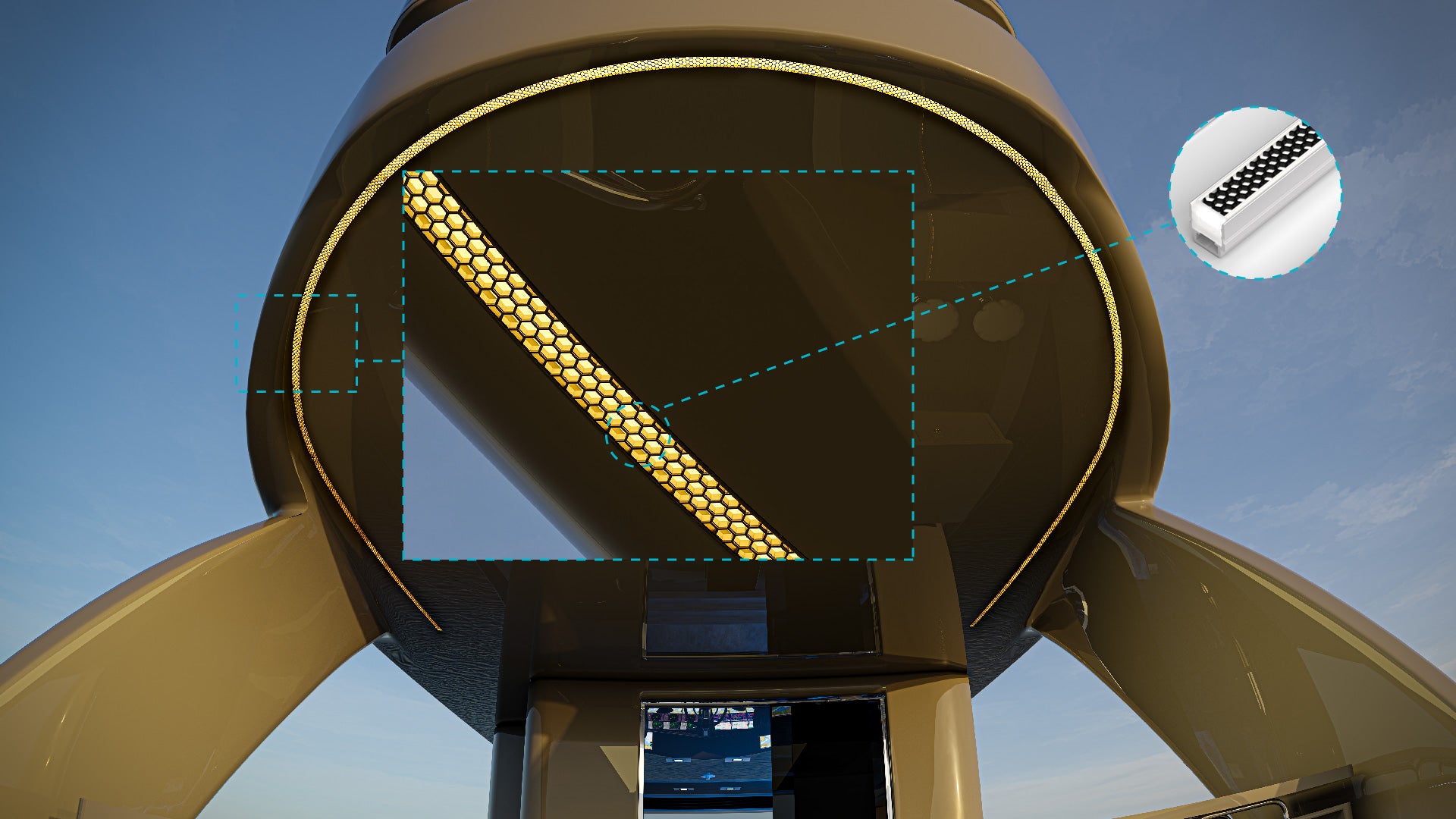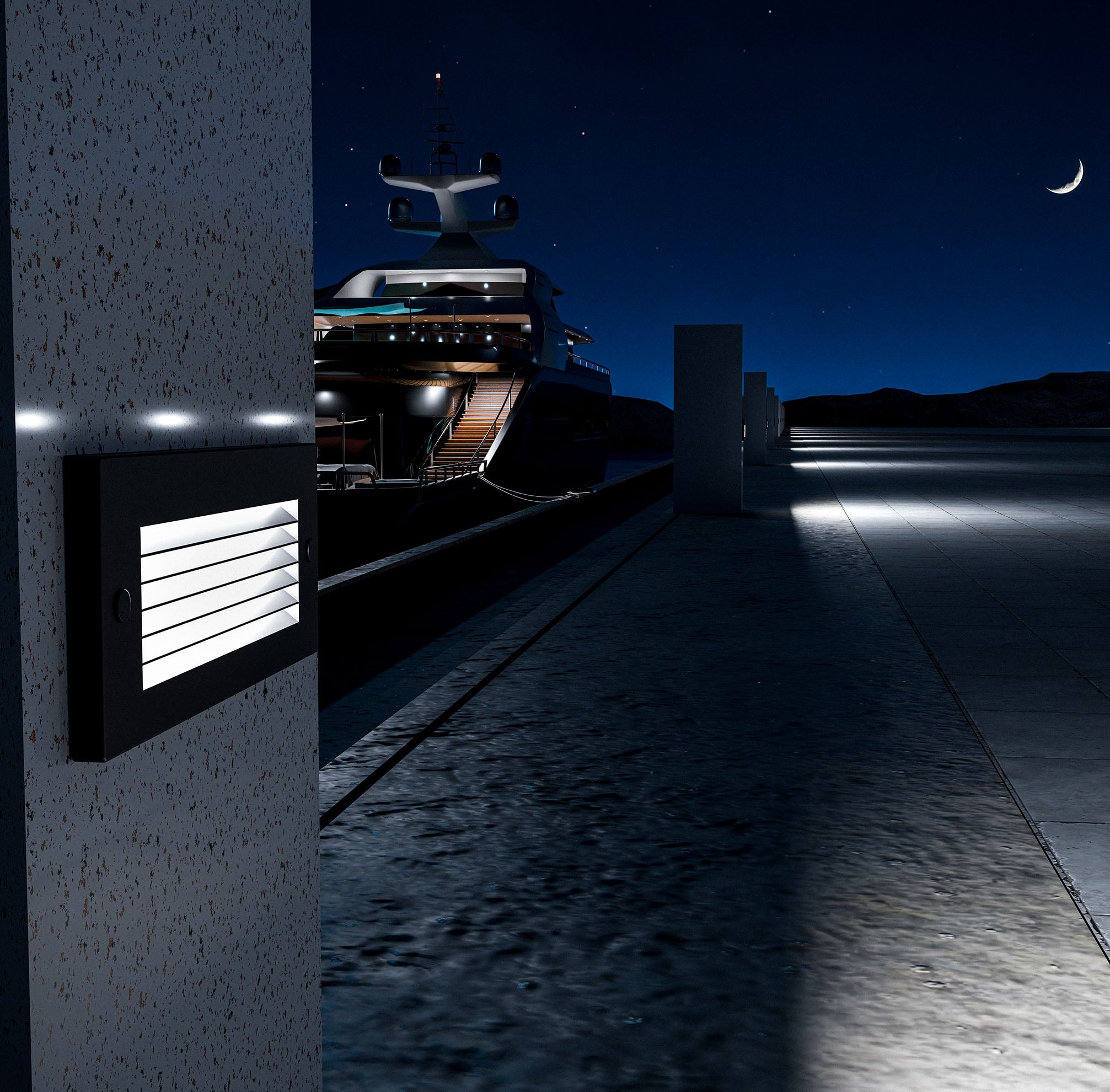Navigating the open waters is an exhilarating experience, but it comes with its own set of challenges. Ensuring the safety of everyone on board is paramount, and one critical aspect often overlooked is proper lighting. Marine LED courtesy lighting is an essential component that enhances both the functionality and aesthetic appeal of any vessel. It provides the necessary illumination for safe navigation, reduces the risk of accidents, and creates an inviting atmosphere for passengers and crew alike.
In this blog, we will explore the significant impact of marine LED courtesy lighting. We will delve into its importance for safety, the numerous advantages of LED technology, practical applications on various parts of a vessel, and how it can enhance the overall ambiance. Additionally, we will provide tips on installation and maintenance to help you maximize the benefits of your marine lighting system. By understanding and implementing effective lighting solutions, you can ensure a safer and more enjoyable maritime experience.
The Importance of Marine LED Courtesy Lighting
Lighting is more than just a convenience on marine vessels; it is a necessity for safety and efficient navigation.
Enhancing Visibility and Safety on Board
Proper lighting ensures that every area of the vessel is visible, reducing the risk of tripping and falling, especially during night-time operations. It illuminates critical areas such as decks, walkways, and stairs.
Reducing the Risk of Accidents and Injuries
With well-placed LED courtesy lights, the chances of accidents and injuries are significantly reduced. Clear visibility helps crew and passengers navigate safely.
Improving Navigation During Low-Light Conditions
LED lights are essential during dawn, dusk, and night-time when natural light is insufficient. They provide the necessary brightness for safe movement aboard the vessel.
Advantages of LED Technology in Marine Lighting
LED technology offers numerous benefits that make it ideal for marine applications.
Energy Efficiency and Cost Savings
LED lights consume less power compared to traditional lighting, leading to significant energy savings. This is crucial on boats where power resources are limited.
Durability and Longevity in Harsh Marine Environment
Marine environments are tough, with exposure to saltwater, wind, and UV radiation. LED lights are designed to withstand these conditions, offering longer service life and reducing the frequency of replacements.
Environmentally Friendly Benefits
LEDs are free from hazardous substances like mercury and lead. They also emit less CO2, contributing to a greener and more sustainable marine environment.
Practical Applications of Marine LED Courtesy Lighting
LED courtesy lighting can be used in various parts of a vessel to improve functionality and safety.
Deck and Walkway Illumination
Ensures safe movement around the vessel by illuminating paths and walkways, preventing trips and falls.
Interior Cabin Lighting
Provides comfortable and efficient lighting for living quarters, enhancing the overall onboard experience.
Staircase and Step Lighting
Clearly illuminates steps to prevent missteps and falls, especially during rough sea conditions.
Enhancing Ambiance and Aesthetics
Beyond safety, LED courtesy lighting significantly contributes to the ambiance of the vessel.
Creating a Pleasant and Inviting Atmosphere on Board
Soft, well-placed LED lights create a warm and welcoming environment for both passengers and crew.
Customizable Lighting Options for Different Moods and Occasions
LED lights come in various colors and intensities, allowing customization to match different events or moods, from calm, relaxing evenings to vibrant, lively parties.
Examples of Stylish and Functional Lighting Designs
Highlighting some design ideas where functionality meets style, such as using LED strips for indirect lighting or spotlights for highlighting specific areas.
Installation and Maintenance Tips
Proper installation and maintenance are key to getting the most out of your marine LED courtesy lights.
Choosing the Right LED Lighting for Your Vessel
Factors to consider include the type of lighting needed, brightness levels, color temperature, and energy consumption.
Installation Best Practices and Safety Considerations
Ensuring the lights are correctly installed by following manufacturer guidelines, considering factors like waterproofing and correct wiring.
Maintenance Tips to Ensure Long-Lasting Performance
Regularly checking connections, cleaning the lights to remove salt and debris, and promptly replacing any damaged units to maintain optimal performance.





